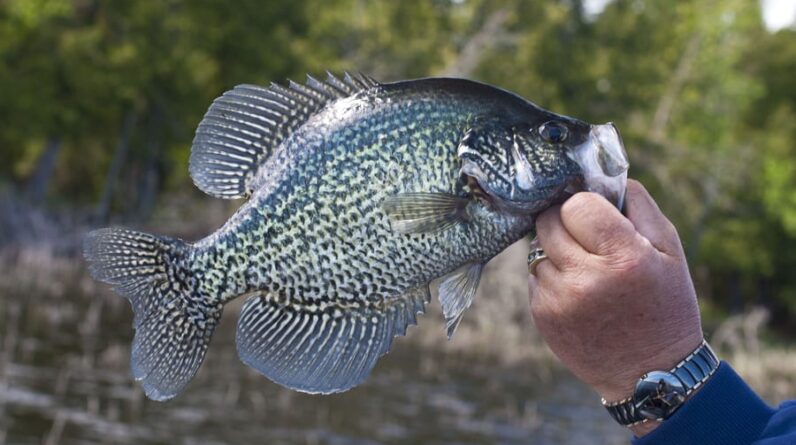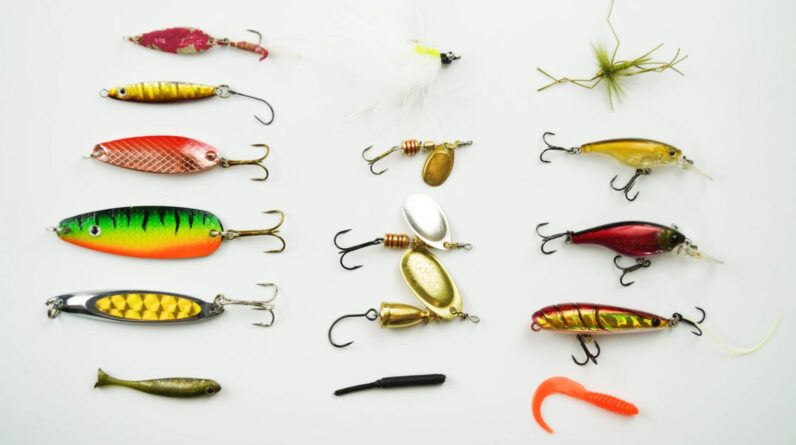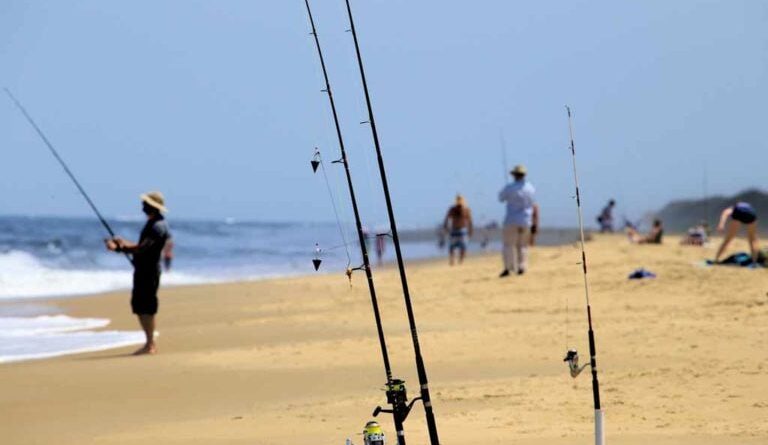Introduction: Why Fall is Prime Time for Big Bass
Tips for Bass Fishing in the Fall: Fall is one of the absolute best seasons for catching big bass. As the water cools and the days get shorter, bass kick into a feeding frenzy to bulk up before winter. While summer bass fishing can be hit or miss due to heat and oxygen depletion, fall brings oxygen-rich water and active baitfish, creating the perfect storm for bass anglers.
Whether you’re chasing largemouth bass in lakes, smallmouths in flowing rivers, or trophy-sized bass in deep reservoirs, mastering the fall transition is absolutely essential. As water temperatures drop and bass change their patterns, having the right strategies makes all the difference. In this expert guide from Cheerfulfisherman.com, we’ll explore five advanced tips to help you consistently land big bass during the fall season. You’ll also discover recommended gear, bait tactics tailored for cooler months, the most productive times of day to fish, and expert insights into bass behavior as the seasons shift. Whether you’re a seasoned angler or leveling up your game, this is your fall bass playbook.
Let’s dive in.
Tip 1: Follow the Baitfish Migration
One of the most important rules in fall bass fishing is simple: follow the baitfish, and you’ll find the bass.
Why Baitfish Matter
As the water cools in early to mid-fall, baitfish like shad, bluegill, and minnows migrate from deep summer haunts to shallow flats, creek arms, and backs of coves. This is a survival response: they seek out warmer, oxygen-rich water and food sources.
Big bass know this. And they follow the buffet.
Pro Insight: “Fall bass are on the move. They’re chasing shad and schooling up. If you’re not fishing where the bait is, you’re not fishing where the bass are.” — Kevin VanDam
How to Locate the Baitfish
- Use electronics: Look for dense clouds of bait on your fish finder near creek mouths or flats.
- Birds tell the story: Watch for gulls or herons diving—they’re feeding on baitfish, and bass are usually nearby.
- Observe surface action: Any busting, swirling, or fleeing baitfish is a giveaway.
Hotspots to Follow Baitfish
- Creek channels: Especially near intersections and channel swings.
- Wind-blown points: Wind pushes bait, and bass trap them.
- Secondary points in coves: Baitfish often stop here before moving deeper.
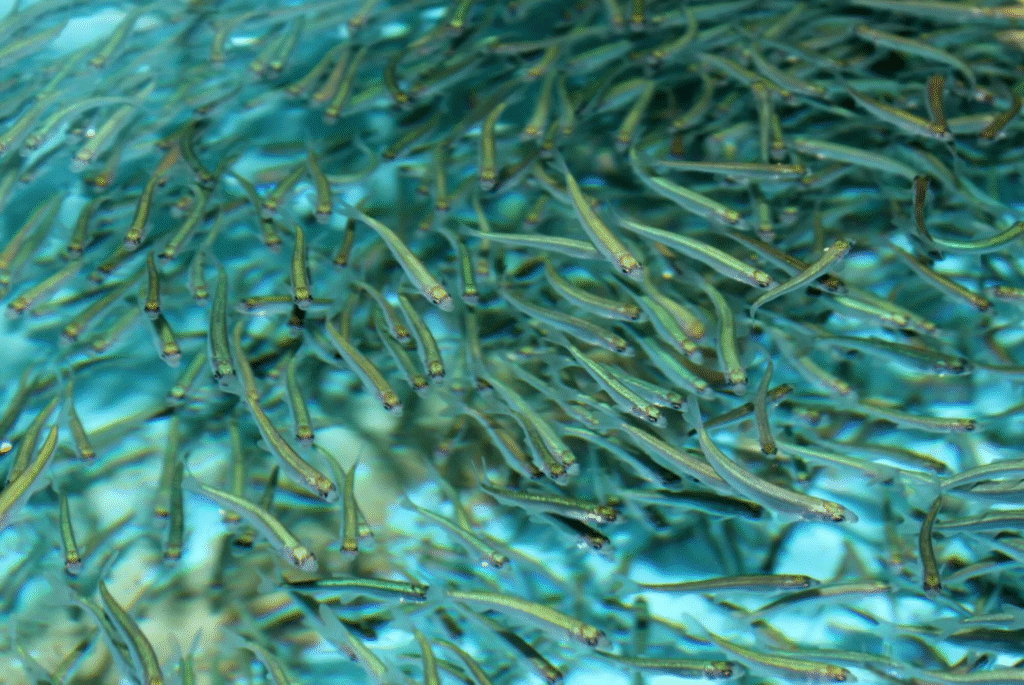
Tip 2: Use the Right Fall Baits and Lures
Fall bass are aggressive, but also more selective based on water clarity and weather. The right bait makes a huge difference.
Best Lures for Fall Bass
Here are the top 5 lure categories proven to catch big bass in autumn:
1. Lipless Crankbaits
- Great for covering water and imitating fleeing shad.
- Use in grass flats, creek arms, and shallow lakes.
- Top pick: Strike King Red Eye Shad, 1/2 oz, in Chrome Sexy Shad.
2. Spinnerbaits
- Excellent in wind or stained water.
- Flash and vibration mimic wounded baitfish.
- Top pick: Booyah Blade, 3/8 oz, in white/chartreuse.
3. Jerkbaits
- Deadly in clear water when bass are suspended.
- Pause-retrieve method triggers bites from lethargic big bass.
- Top pick: Megabass Vision 110, GP Pro Blue.
4. Swimbaits
- Ideal when bass are feeding on larger forage.
- Slow-roll near grass edges or rocky drop-offs.
- Top pick: Keitech Swing Impact FAT, 4.8”, in Electric Shad.
5. Topwater Lures
- Explosive action, especially during warm early fall mornings.
- Use walking baits or buzzbaits near shorelines.
- Top pick: Heddon Super Spook Jr. in bone color.
Tip: Match the size and color of your bait to the local forage. If bass are chasing 3-inch shad, don’t throw a 6-inch swimbait.

Tip 3: Target Key Fall Bass Locations
Fall fishing is all about location, location, location—and it changes week by week. Bass are nomadic in the fall, so understanding where they stage is critical.
Early Fall: Main Lake Structures
- Main lake points
- Channel swings
- Deep weed edges
These spots still have oxygen and food. Bass hold here before migrating shallow.
Mid Fall: Transition Zones
- Secondary points
- Creek mouths
- Ditches and drains
These areas act as highways for bass and baitfish on the move.
Late Fall: Steep Drops and Wintering Holes
- Bluff walls
- Deep brush piles
- Vertical structure near the dam
As the water gets very cold (below 50°F), bass move deeper and become more lethargic.
Map Reading for Fall Bass
Use tools like Navionics, Google Earth, or Fishbrain to identify:
- Creek channel intersections
- Underwater humps
- Areas where shallow flats meet deep water
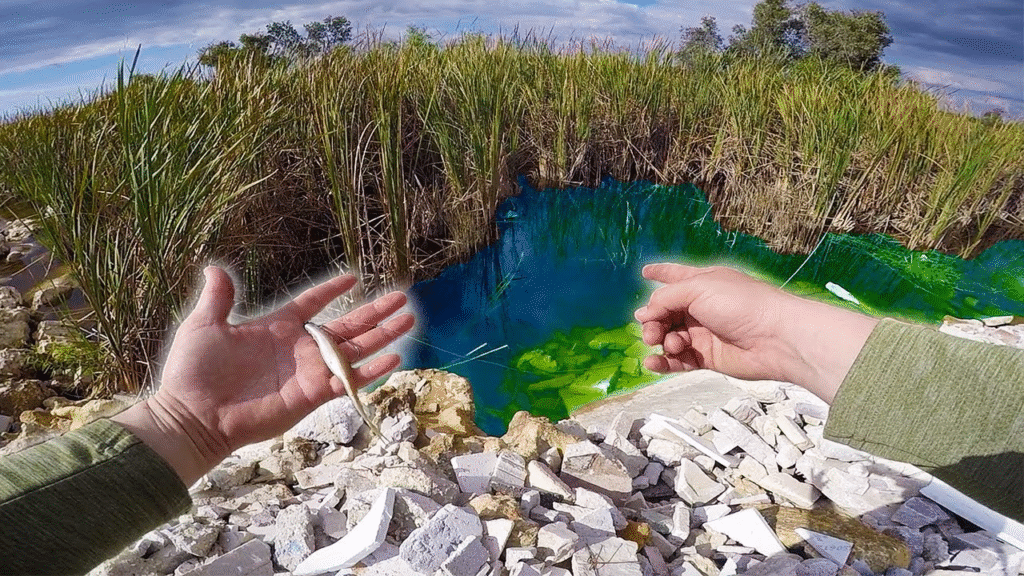
Tip 4: Master the Fall Weather Patterns
Weather swings in fall can be extreme—and bass behavior changes with it.
Stable Weather = Consistent Bite
A few warm days in a row can activate fish. Look for:
- Aggressive feeding
- Topwater explosions
- Schooling activity
Fish fast-moving baits like spinnerbaits or crankbaits.
Cold Front = Sluggish Bass
After a sudden cold front:
- Bass retreat to deeper structure.
- The bite slows dramatically.
- Finesse baits and slow presentations work best.
Try a Ned rig, drop shot, or wacky rig.
Wind Is Your Friend
A steady wind pushes bait and activates feeding.
- Focus on wind-blown banks and points
- Use moving baits that take advantage of ripple and turbidity
Tip 5: Adjust Your Presentation for Fickle Fall Bass
You can be in the right place with the right lure—but presentation is what seals the deal.
Match Retrieval Speed to Temperature
- Above 60°F: Fast, erratic retrieves work great.
- 50–60°F: Use a medium retrieve with occasional pauses.
- Below 50°F: Slow down drastically. Let the bait sit.
Experiment with Cadence
A jerkbait or topwater retrieve isn’t one-size-fits-all. Try:
- Twitch-Twitch-Pause
- Steady pull and pause
- Burn and kill
Vary until you find what triggers bites.
Downsize When Needed
In pressured lakes or after a front, big bass may still bite—but only if you finesse them.
Try:
- Downsizing to 3” swimbaits
- Using finesse jigs with craw trailers
- Throwing 3/8 oz spinnerbaits instead of 1/2 oz
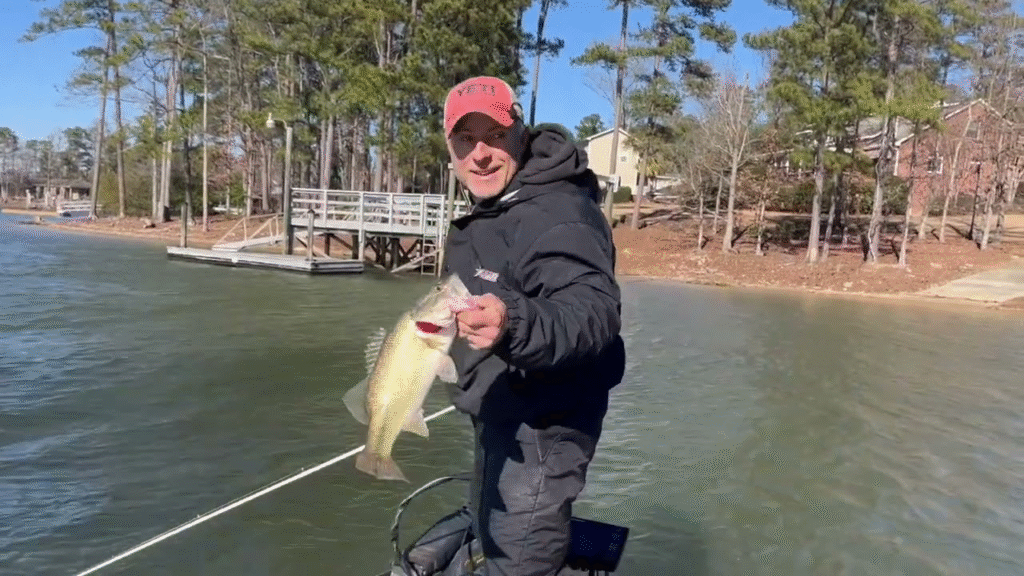
Bonus: Best Fall Bass Fishing Gear Setup
Having the right gear maximizes your chances when targeting trophy bass in fall conditions.
Rods
- Crankbaits: 7’ Medium Moderate rod (e.g. Dobyns Fury 705CB)
- Spinnerbaits/Jigs: 7’2” Medium Heavy Fast (e.g. Shimano SLX MH)
- Finesse: 6’10” Medium Spinning (e.g. St. Croix Bass X)
Reels
- Casting Reels: 6.4:1 for versatility (e.g. Shimano Curado 200K)
- Spinning Reels: 2500–3000 size (e.g. Daiwa Fuego LT)
Line
- Fluorocarbon for most applications: 10–17 lb depending on bait
- Braided line with leader for spinning setups
- Monofilament only for topwater (for its buoyancy)
FAQs About Fall Bass Fishing
Q: What’s the best time of day to catch bass in the fall?
Morning and late afternoon during warm spells. On cold days, try midday when water temperatures peak.
Q: What water temperature do bass start to move shallow?
Typically when the water drops into the 65–70°F range, bass follow baitfish to shallows.
Q: Is fall better than spring for big bass?
It depends, but fall often produces more consistent big bass action, especially with less fishing pressure.
Q: Can I catch big bass from the bank in fall?
Absolutely. Focus on creek inlets, riprap, and points near drop-offs. Bring a few moving baits and a finesse rig.
Final Thoughts
Fall bass fishing is a golden opportunity to catch some of the biggest fish of the year. As baitfish migrate and bass feed heavily, anglers who understand the seasonal patterns, gear up with the right lures, and adapt to changing conditions are rewarded with trophy catches.
To recap the 5 great fall bass fishing tips:
- Follow the baitfish—They lead you to bass.
- Use the right lures—Lipless cranks, spinnerbaits, jerkbaits, and swimbaits are key.
- Target transition zones—Creek channels and points are hot.
- Understand weather effects—Fish differently during fronts.
- Master your presentation—Speed, cadence, and bait size matter.
Get out on the water this fall and try these techniques—you might just land your personal best bass.

